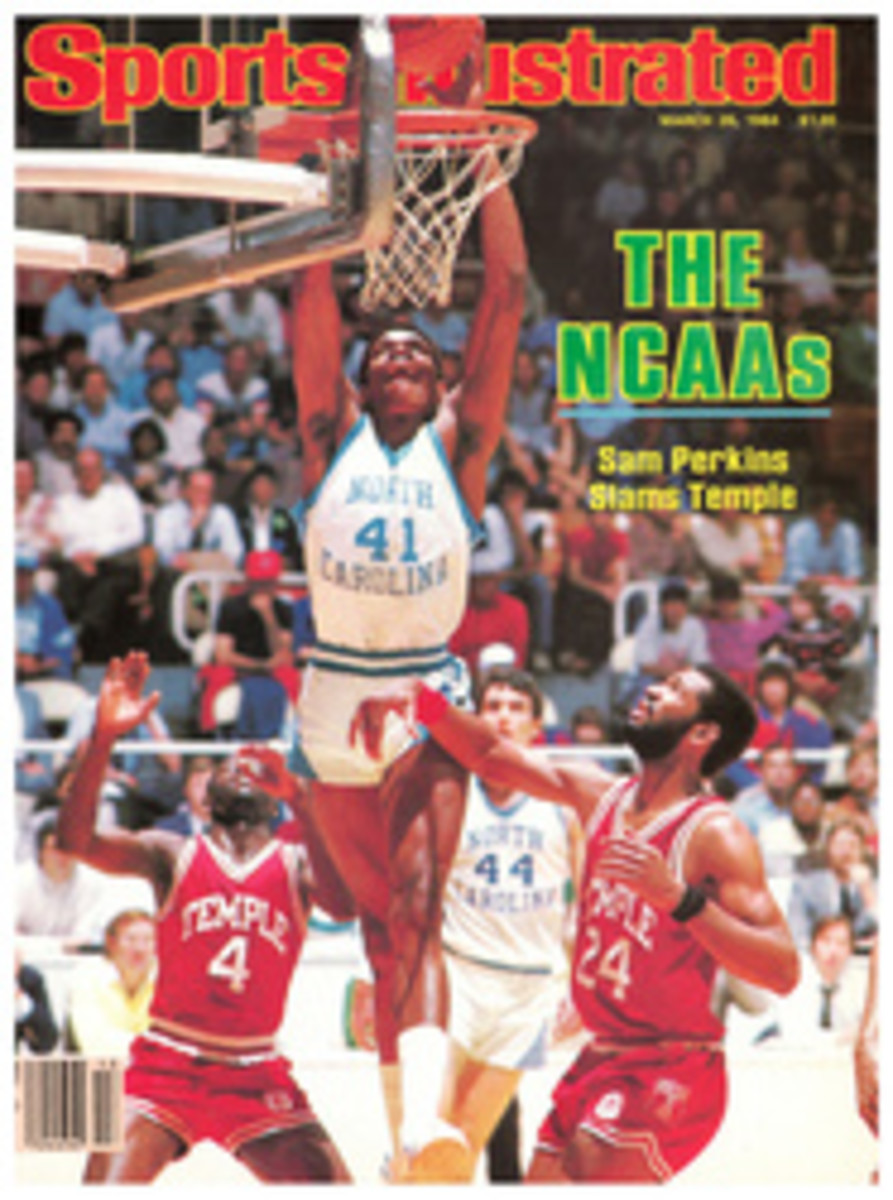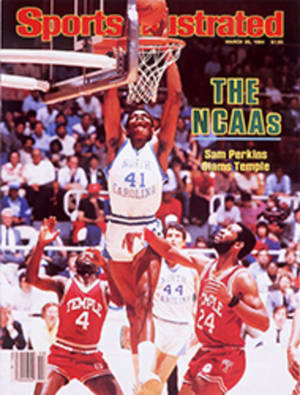
THE AUTHOR WOULD LIKE TO CATCH ON TO JUST ONE OF TOM SEAVER'S PITCHES
Is there a secret to pitching in the major leagues? It's a matter of opinion and every major league pitcher has one. Each has an understanding of pitching that is as original as his handwriting, and he expresses it with a windup as unique as his signature. There are more than 250 pitchers in the major leagues, and no two look alike when pitching, or sound alike when giving their opinions about it.
Tom Seaver gives us his opinion in The Art of Pitching (William Morrow, $15.95). The book, written with Lee Lowenfish, is an analysis of Seaver's personal approach to pitching, one he used with enduring success for 17 years in the National League. With this book he holds a mirror to himself for the benefit of aspiring pitchers and anyone who wants to understand his approach, though he discourages the reader from directly imitating him. Seaver understands that the mastery of pitching never bestows authority on the master. All he can do is give clues, but never with certainty that what is right for him is right for anyone else. Seaver is offering his opinion on the art of pitching with the hope that others will develop their own.
Seaver's early development as a pitcher gets little mention. Most of the text is devoted to explanations and illustrations of his pitching skills. But he does explain that he wasn't born with his talent. His fastball didn't come from the cradle. He "acquired" it from a most unlikely source, the Marine Corps reserves program. Still a scrawny "junkball" pitcher by his senior year in high school in Fresno, Calif., Seaver had produced neither the talent nor the record to attract scouts. Upon graduation he entered the reserves, a move that unexpectedly paid off in added weight and strength. After 18 months in the military and a year in junior college, Seaver put his new muscles to work as a pitcher at USC. Seaver could now throw the explosive fastball that would later become his calling card. The junkballer no scout would look at three years earlier was suddenly a hot pro prospect.
Today, Seaver has turned pitching into an art. While many of us still struggle just to make pitches, Seaver creates them. He has achieved mastery over what remains a mystery to many others. What underlines his mastery, he believes, is the understanding that pitching mechanics are style built on a solid foundation of fundamentals, "absolutes," as he calls them. These absolutes are keeping the landing leg flexible; getting the baseball out of the glove and into the throwing position quickly ("Get it out and get it up!"); and effectively hiding the grip on the ball from the batter. Though not all major league pitchers employ these actions, Seaver considers them important keys to healthy and successful pitching.
As I read The Art of Pitching I focused on Seaver's explanation of his changeup. Like him, I have had my share of problems with this pitch. Unlike Seaver, however, I have yet to master mine. He recommends an unusual grip, which he accomplishes by starting with his grip for the fastball—index and middle fingers resting on top of two of the wide seams—and then moving his index finger off to the side. He keeps the ball back in his hand, leaving his fingertips free. I haven't encountered this particular grip before, and I haven't heard of any other major league pitcher who's throwing a changeup this way. Seaver discovered the grip one day while playing catch with a teammate. He learned to control his changeup, and, using his grip and some practice, maybe I can learn to control mine.
The Art of Pitching is Seaver's third book on the subject. The first, Pitching with Tom Seaver, was published 11 years ago; the second, Inside Corner: Talks with Tom Seaver, appeared in 1974. Although a different author assisted him with each, the first and third books are remarkably similar both in organization and description. He's much more technical in his latest book, and, in spite of the numerous references to "young pitchers" and aspiring professionals, The Art of Pitching isn't for everyone. Seaver's latest opinion on pitching is geared more to serious students of the craft, the college and professional pitchers, as well as those who are attending to and coaching them. Younger readers are better off sticking with his first book.
Author Curtis, a lefthanded pitcher, is a 12-year veteran of the National and American leagues. He has been with the California Angels since 1982.

